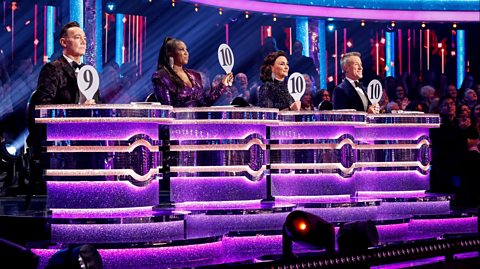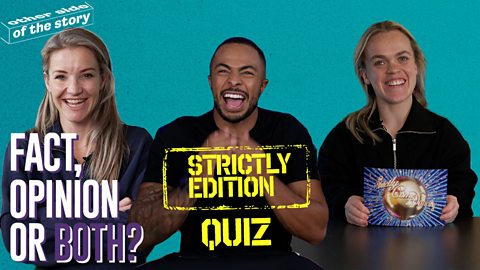Prior to 2004, when the first series of Strictly Come Dancing hooked a nation on the beauty, flair and drama of the ballroom, some of the most famous dances in history were a rare sight on prime time weekend TV.
ThatÔÇÖs a lot different now, but as we welcome the likes of the Foxtrot and Argentine Tango into our living rooms every autumn, how much do we actually know about them?
One person who knows a lot is Connor Pearson, professional dancer and graduate of the Liverpool Institute of Performing Arts, where he studied the history behind some of StrictlyÔÇÖs - and the nationÔÇÖs - most favourite dances.
And while some moves on the Strictly floor seem sedate by today's standards, some of them caused an outcry when first performed, as Connor explains.
The Waltz
The oldest and the most well-known ballroom dance, this is often associated with upper class and aristocratic social gatherings. But it actually comes from the suburbs of 18-Century Vienna, hence hence its original name, the Viennese Waltz. Due to those more humble beginnings, it took a while for noble society to warm to it. When the Waltz eventually reached British shores, it caused a scandal. Nobody in that era of high moral standards would accept a dance which involved couples holding and facing each other.

It led to this review in The Times in 1816, in a report on a society ball: We remarked with pain that the indecent foreign dance called the Waltz was introduced at the English court on Friday last it is quite sufficient to cast ones eyes on the voluptuous intertwining of the limbs and close compressors on the bodies in their dance, to see that is is indeed far removed from the modest reserve which has hitherto been considered distinctive of English females.
Strangely enough, when it became known that Queen Victoria and Prince Albert enjoyed ballroom dancing and had a particular fondness for the Waltz, it quickly became more acceptable, and grew into the dance thatÔÇÖs rather more respectable today.
The Paso Doble
Although it is seen as telling the complete story of a bullfight via dance, the passionate Latin-infused steps of the Paso Doble, or the Spanish two-step, may have had its roots in France, where it was known as the Paso Redoble in the 16th Century.
Based on a spirited military march, it is alleged Spain acknowledged its resemblance to bullfights, embraced it and ultimately absorbed it into their own culture.

The song Spanish Gypsy Dance is closely associated with the Paso Doble. Tradition dictates the leader of the dance is male to suggest a matador while the woman represents the cape with graceful twists and arches of the body. The woman can also represent the bull or a flamenco dancer.
This became a hugely popular dance in the UK and Europe in the 1920s and helped promote the growth of Latin American dances across the continent.
The Argentine Tango
This most tempestuous of moves was born in the streets of Buenos Aires in the late 19th century and was considered a dance of the slums before it took on a respectability of its own.
Millions of immigrants, mostly men, had come to south America to find their fortune, and many of them found themselves in the less reputable establishments around the waterfront.
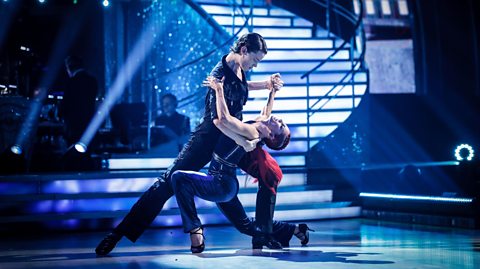
The Tango became seen as a form of courting dance between the women and men in the establishment. As there were normally more men than women in the venues, there was a competitive element to the dance, with male dancers often trying to 'outdo' each other.
Before too long, men from richer families would explore those parts of town, finding themselves in places where the Tango was danced and taking the steps away with them.
As they showed off their newfound moves in more exclusive venues, the Argentine Tango began to gain a grip in ÔÇÿacceptableÔÇÖ society, helping it to transfer into north American and Europe which became gripped in a ÔÇÿTango crazeÔÇÖ in the years before World War One.
The Jive
A newer dance compared to others on this list, the Jive originated in America as swing music became popular, along with dances like the Jitterbug and the Lindy Hop in the late 1920s and 1930s.

The event which brought the dance to many BritsÔÇÖ attention was World War Two. American soldiers stationed around the country brought their swinging style of moves to the dance nights held in Britain which featured jazz and big band music. It became a welcome distraction during the war years, growing in popularity and eventually spun off into other dances, such as Rock ÔÇÖnÔÇÖ Roll dancing.
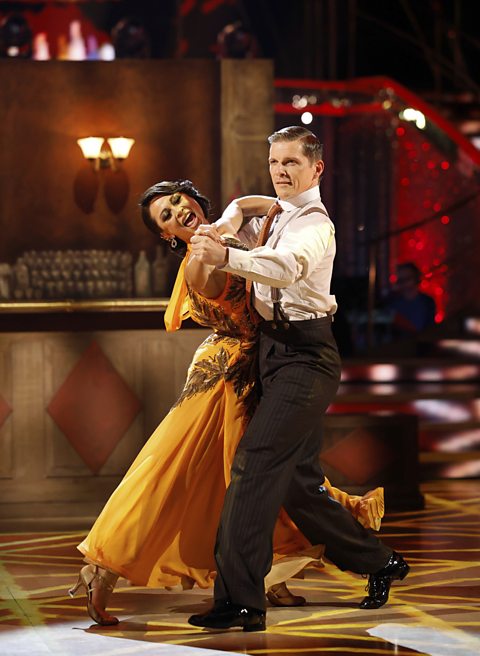
The Foxtrot
One legend behind this particular dance is that it owes its origins to the Vaudeville performer Harry Fox. It has very little to do with the red-furred animals who live around our towns cities.
He was on the rooftop stage of the New York Theatre in 1914, doing trotting steps to accompanying ragtime music when its unusual look and feel caught the attention of the audience. It became known as the FoxÔÇÖs Trot and eventually the Foxtrot.
Developed from a syncopated rhythm in 4/4 time, the Foxtrot involves moves on the spot as well as travelling across the floor, which makes it unusual in the ballroom canon.
It is also one of the hardest moves to master, although the on-the-spot element proved invaluable when a crowded dancefloor made it almost impossible to move around too much.
The Foxtrot looks very impressive - with plenty of practice.
This article was first published in September 2019 and updated in November 2023.

Strictly Come Dancing: Can you identify a dance from its description?
Can you tell a samba from a rumba by words only?
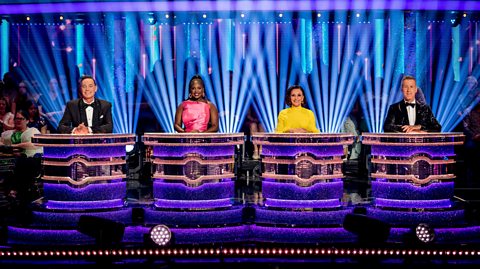
You need never confuse a turn with a transition again
